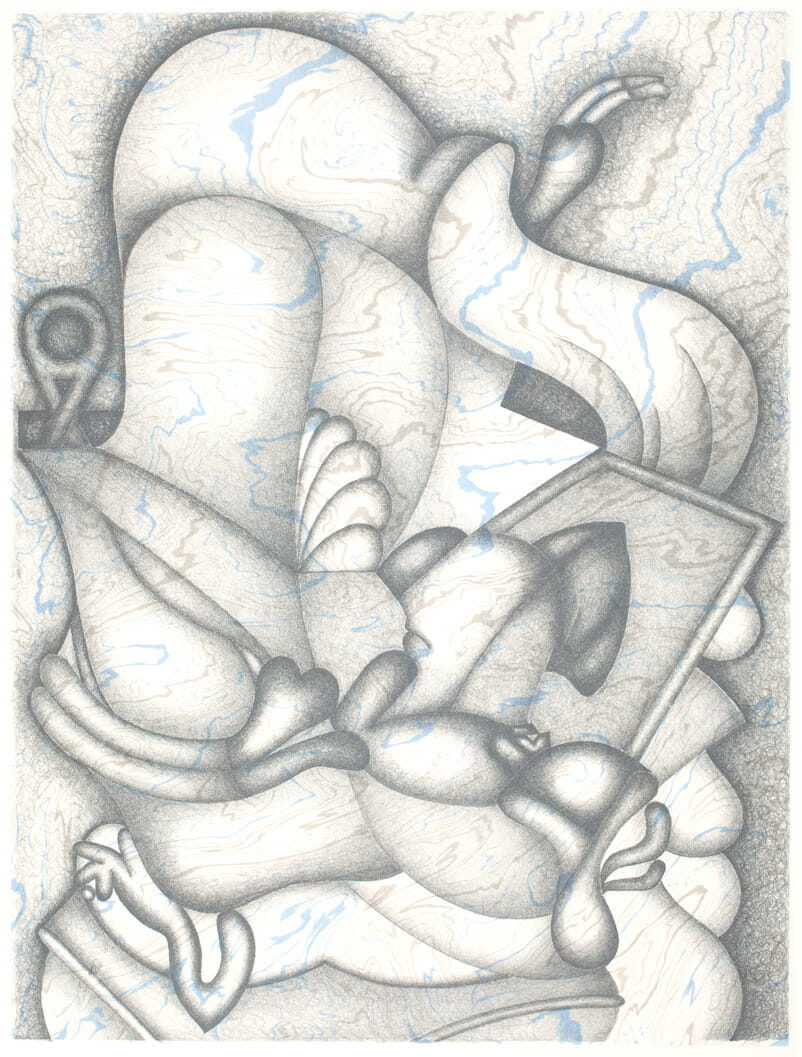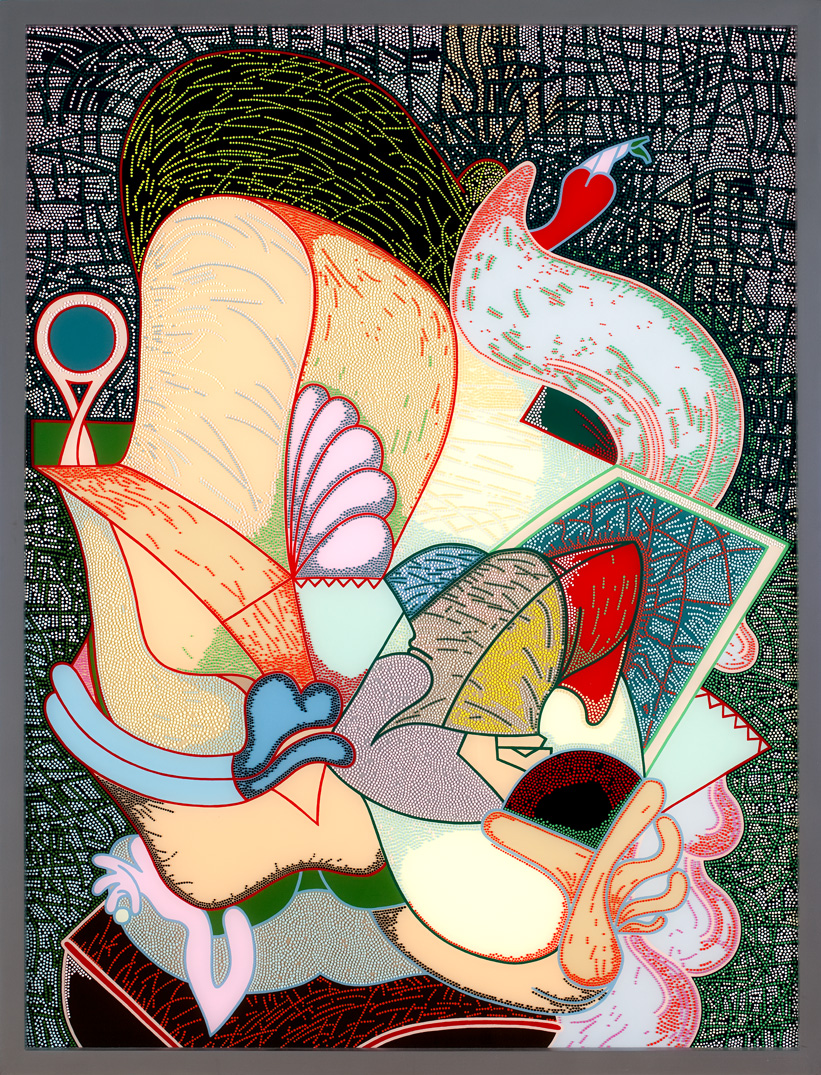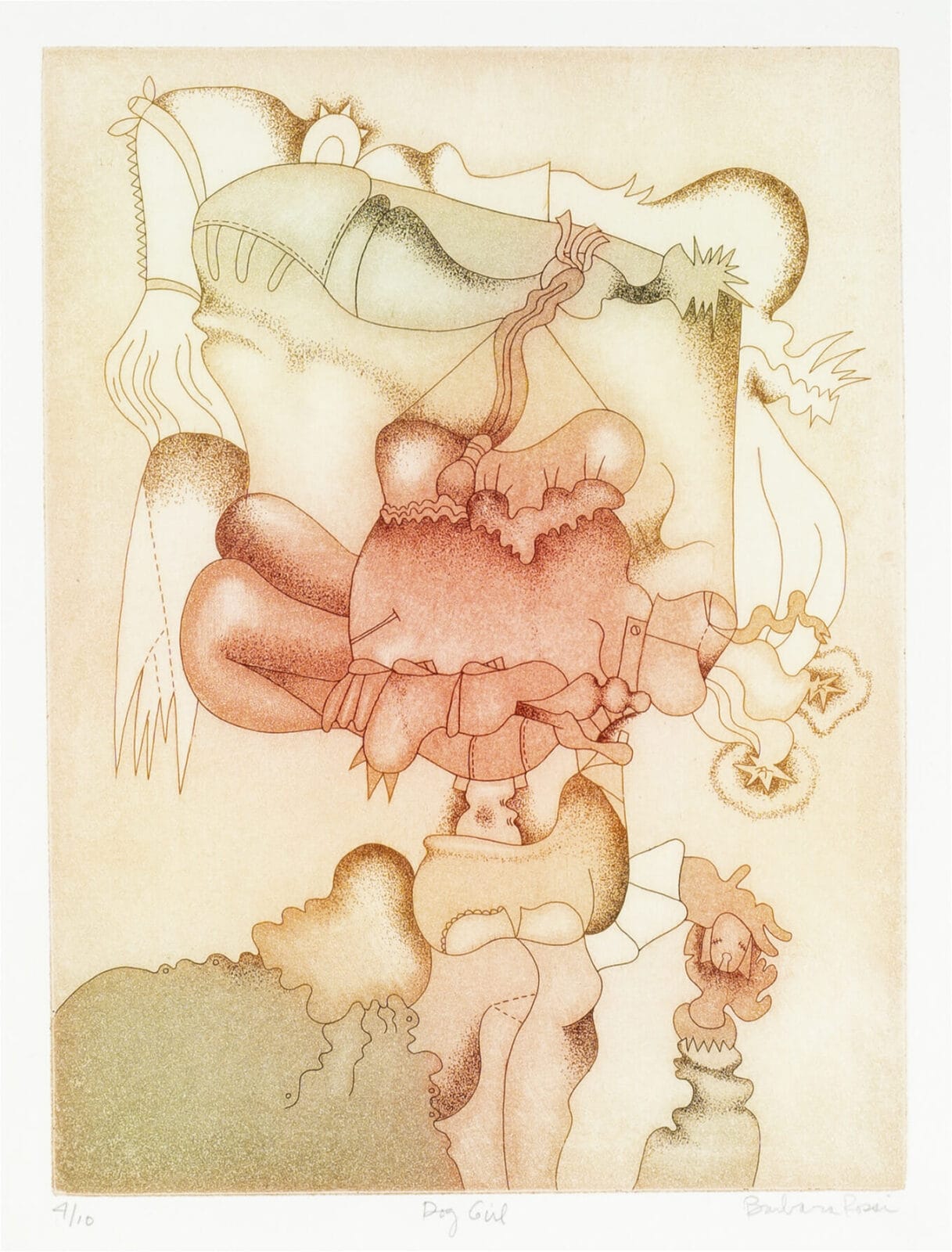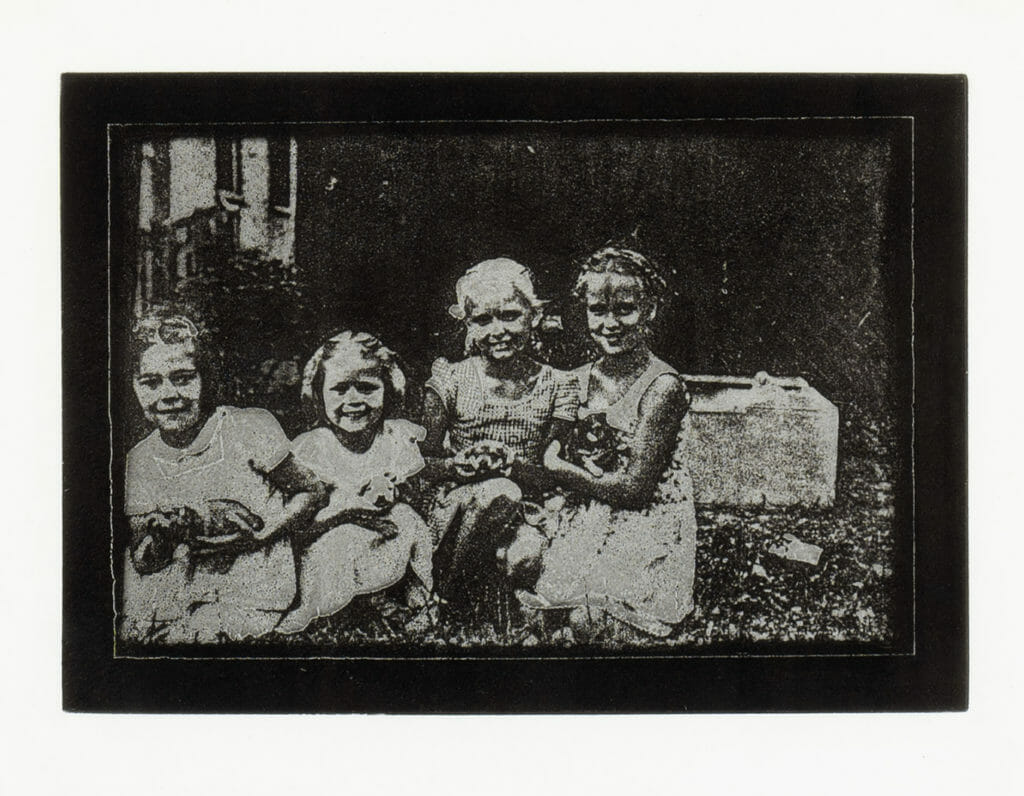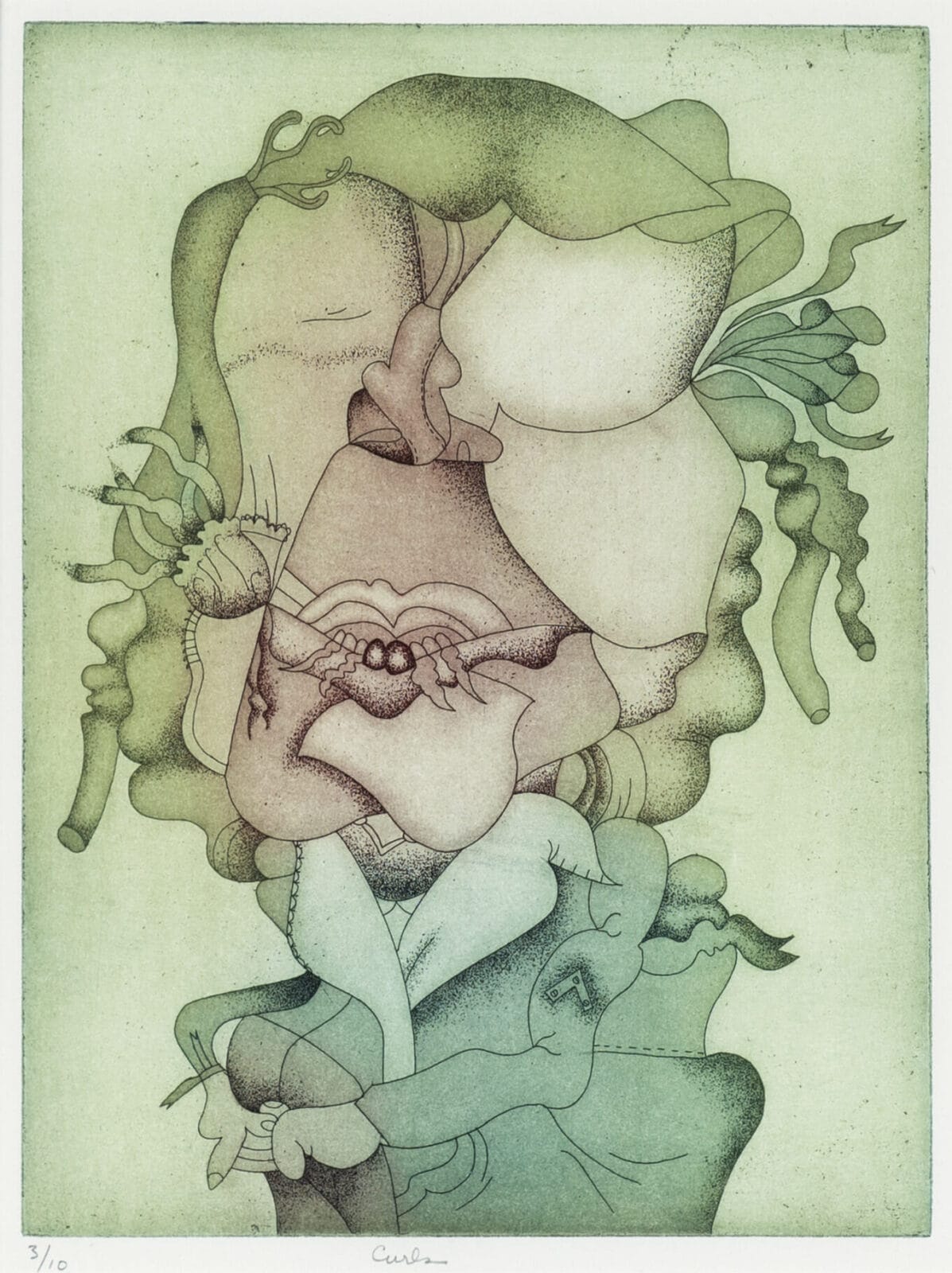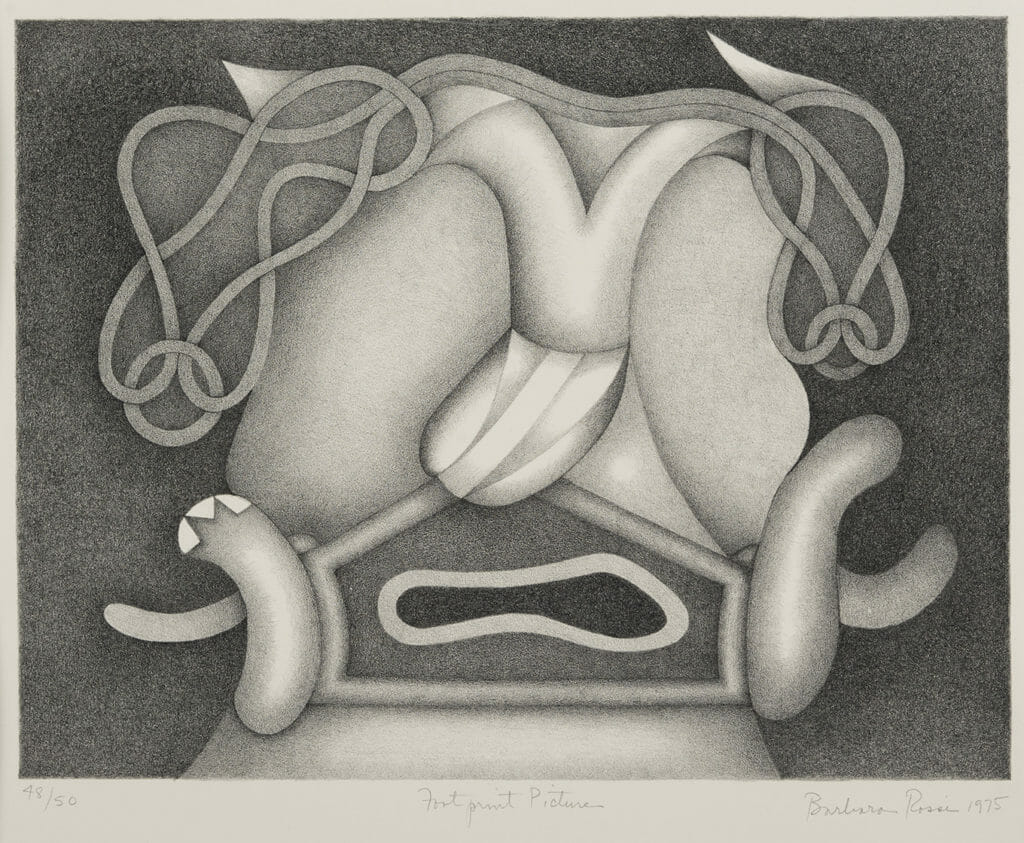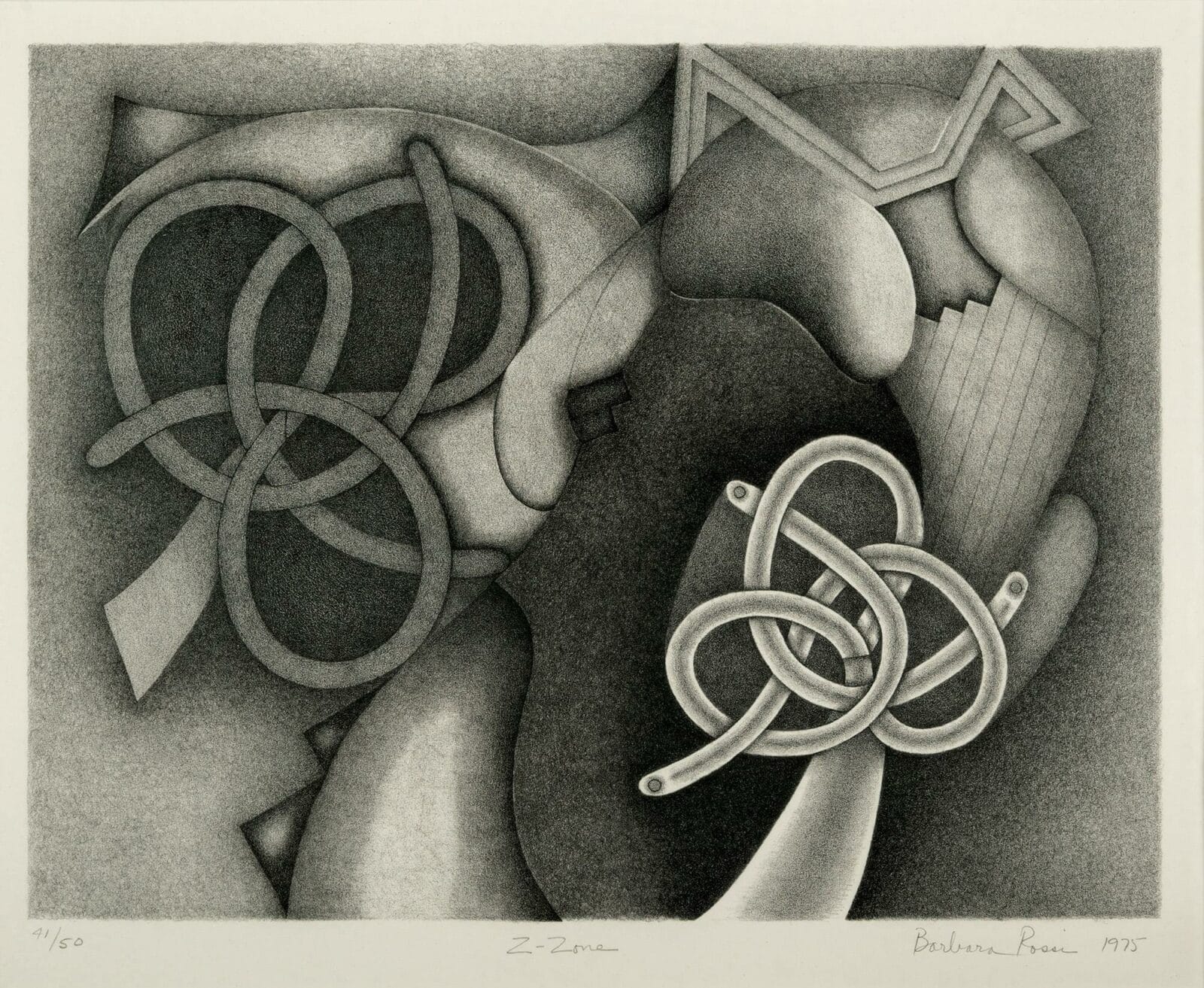Barbara Rossi
Born: 1940 (Chicago, IL, United States)
Died: 2023 (United States)
While completing her bachelor’s degree at St. Xavier College, Barbara Rossi reinforced a childhood commitment to her Catholic faith. After her graduation (1964), Rossi decided to also dedicate herself to the pursuit of an artistic career. In 1968, she enrolled in a master’s program at the School of the Art Institute of Chicago (SAIC); she completed her degree in 1970.
Rossi’s association with other artists referred to as Chicago Imagists may have begun in 1968, when she was included in the Exhibition by Artists of Chicago and Vicinity. This exhibition at the Art Institute of Chicago included works by Gladys Nilsson, Suellen Rocca, and Ray Yoshida. Soon afterward, Don Baum, director of the Hyde Park Art Center (HPAC), invited Rossi to participate in the exhibition Marriage Chicago Style along with Sarah Canright, Ed Flood, Suellen Rocca, Ed Paschke, and Karl Wirsum. Soon afterwards, she was included in another HPAC exhibition, Chicago Antigua. During her involvement with the Chicago Imagists, Rossi created paintings that resembled portraits in that the artist’s organic shapes were assembled around a central point, often mimicking a stray eye or nose.
While completing her master’s degree at SAIC, Rossi studied with the printmaker Vera Berdich and became highly skilled in intaglio printing, even making quilts that incorporated her intaglio designs printed on fabric. While a student, Rossi also began to develop what would be a lifelong interest in Indian vernacular devotional paintings. She especially admired Moghul artists’ precise coloration and treatment of space. In the 1980s, Rossi took a sabbatical from painting and teaching and traveled to India to research Indian vernacular painting traditions, eventually publishing From the Ocean of Painting: India’s Popular Paintings 1589 to the Present (Oxford University Press, 1998).
Through her dedication to her process, Rossi nurtured her own personal vision in her artwork. In 1972, she became interested in reverse painting on Plexiglas, a practice that involves painting precise lines and uniform fields of color. On this surface, Rossi paints large, flat areas of color accentuated by pointillism beads. She identifies these works as “sweat works” due to their involved process that does not allow for revision or overpainting. The converse of Rossi’s “sweat works” are what she calls her “magic works”: drawings that unfold from the artist’s subconscious. In an interview at the time of her 2016 retrospective at the New Museum in New York, Rossi reflected on her process for “magic works” saying, “I would start in the middle of the page and make a drawing that was relatively small, and I gave myself the rule of not erasing anything or making any changes, and when I was satisfied with the form at the center, I would begin attaching something that was different from what was drawn first.”
Rossi began teaching at SAIC in 1971. She lived and worked in the Chicago area until a recent move to Wisconsin.
